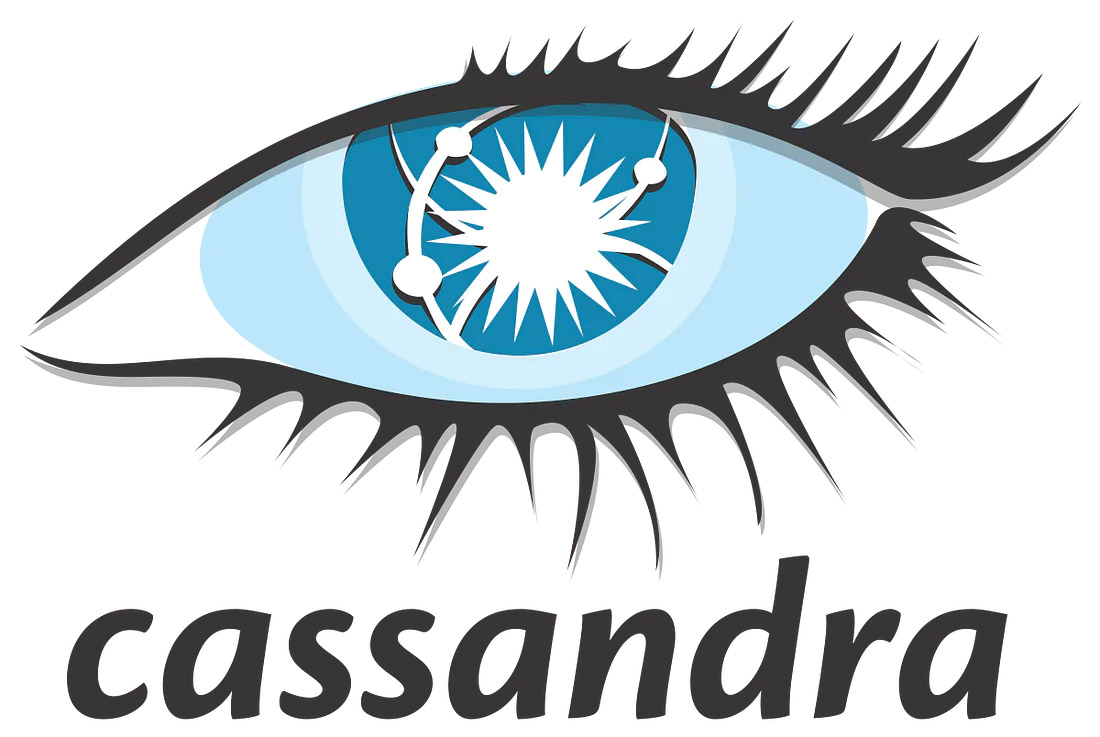Apache Cassandra
Apache Cassandra is a scalable and high-performance database that can run on commodity hardware or cloud infrastructure and is provably fault-tolerant. It can even replace broken nodes without shutting down the system, and it can automatically replicate data across numerous nodes. Furthermore, Cassandra is a NoSQL database in which all nodes are peers, rather than master-slave architecture. This makes it highly scalable and fault-tolerant, and it allows you to add more new machines without disrupting existing applications. For each update, you can choose between synchronous and asynchronous replication. Cassandra owes its popularity to its distinct features. Big firms like Apple, Netflix, Instagram, Spotify, and Uber deploy it. No Support for ACID Properties, no support for aggregates, latency, joins, data duplication, slow reads, VM memory management are some drawbacks of using Apache Cassandra.
For documentation and contribution insights: https://github.com/apache/cassandra


